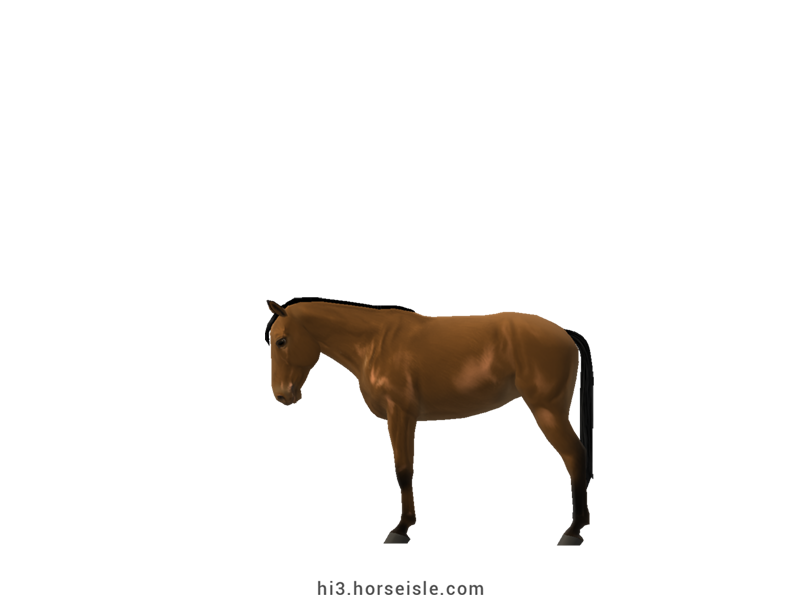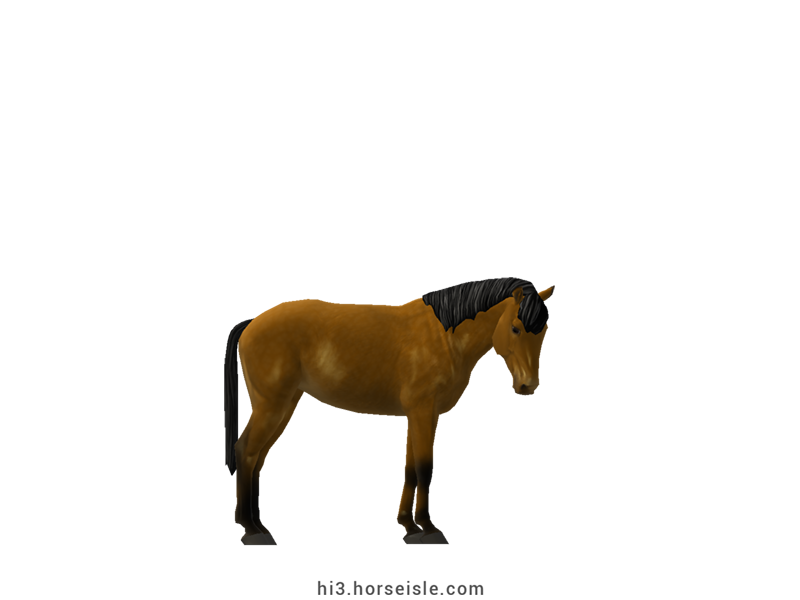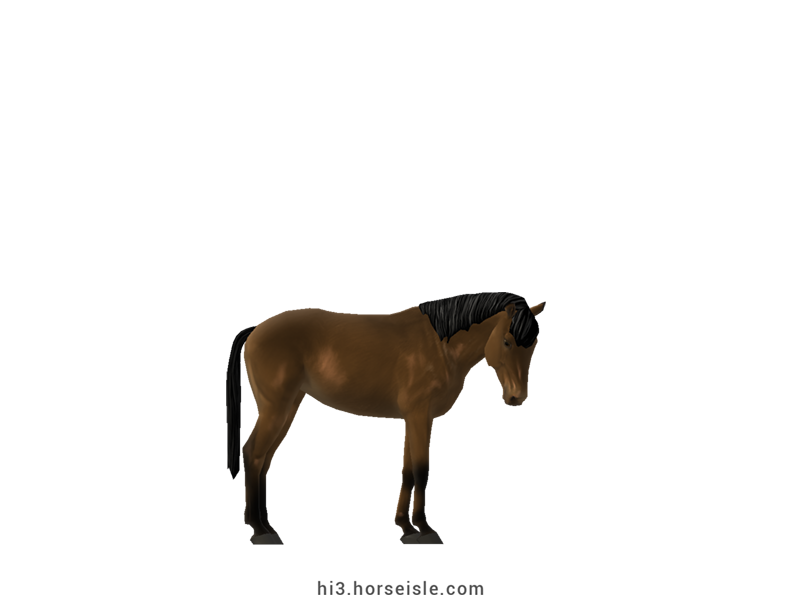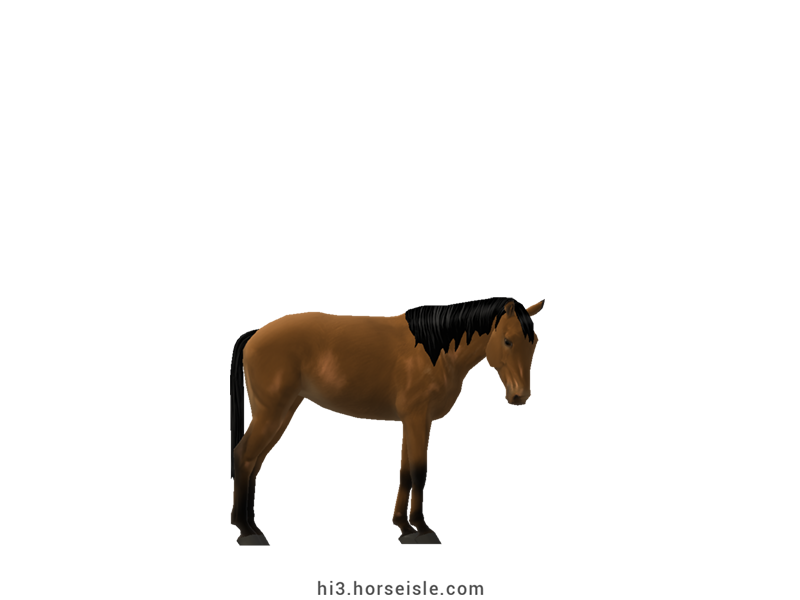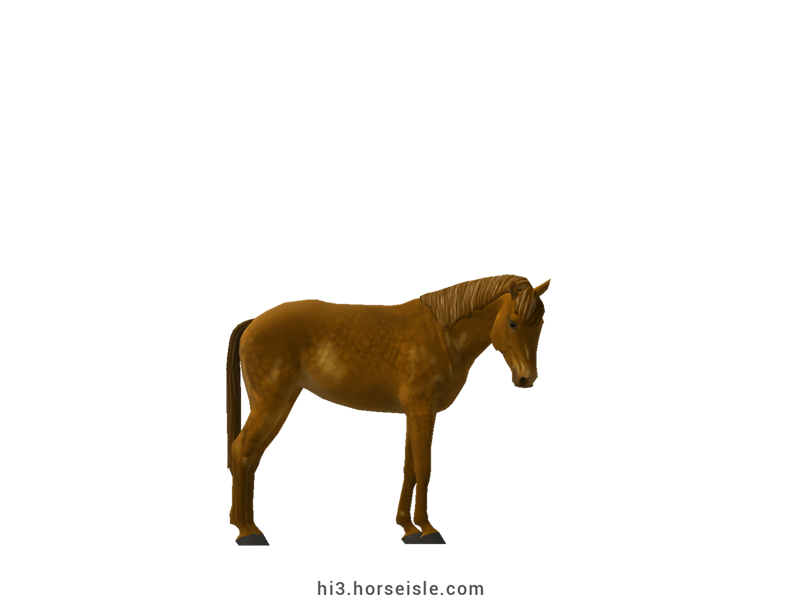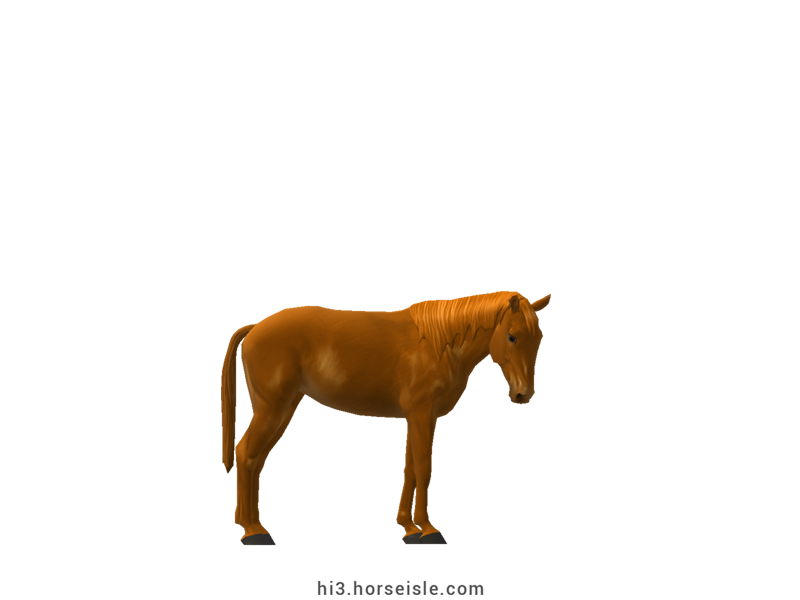Our Massive Real World Equine Reference!
[ INDEX ] Equine Type: Horse Breed: Miyako [ PREV ] [ NEXT ]
A Japanese Royal and race horse:
It is unclear how or when the Miyako was developed, but there's no dispute about how popular and famous it was in Japan. During the Ryukyu Dynasty, Miyako horses served as the royal mounts for no less than the Ryukyu kings themselves who sometimes gifted Miyako horses to China.
Miyako horses also served as farm horses, riding horses, and even as racehorses, especially during the 19th century. The cultivation of sugarcane also gave a positive boost to this breed, with many Miyako horses being used on sugarcane farms.
Downfall of the Miyako:
The eruption of World War II led to a widespread crossing of Miyako horses with larger breeds in order to increase the height of the Miyako. However, not all Miyako horses were crossbred, and the purity of the breed remained preserved.
When the war ended, the Miyako fared extremely well, with around 10,000 Miyako horses roaming Okinawa Prefecture during the 1950s. However, even the popular Miyako wasn't a match to the mechanization of agriculture, and its breeding plummeted. By the 1970s only a handful of Miyako horses were left.
Saving the Miyako:
The second half of the 20th century saw various efforts being made to save the Miyako. From the foundation of the Miyako Horse Preservation Society, to the declaration of the Miyako as a natural monument in Okinawa Prefecture in 1991.
The Miyako today:
Today, Miyako horses are bred on a couple of farms in Okinawa Prefecture. That said, despite the preservation efforts, their numbers are still low, with around 40 horses in existence in 2019, making the Miyako one of the two rarest Japanese breeds (the other one being the Taishu whose population also stands at around 40 horses.)
Conformation:
The head of the Miyako is large and wide, with a straight profile and large cheeks. The neck is thick and deep, with a broad connection to the chest. The back is straight and connects to equally flat loins. The croup is sloping and angular. The legs are long in relation to the body, and the hooves are large. Overall, the body is narrow and slender, except for the chest which is deep.
The mane is of medium length, and can either lay straight and flat on the neck or be coarse and thick with a full forelock. The tail can grow long, and although it is often described as 'thick' it is actually far thinner than seen in other horse breeds.
Performance metrics:
The following are the: range, average, (SD), and MOE of performance metrics of ordered Miyako horses in Horse Isle (not bred ones). In rare cases,
Speed: 13.0-14.7, 13.7 (0.4), 0.08.
Sprint: 25-36, 30 (3), 0.52.
Accel: 0.79-0.98, 0.89 (0.04), 0.01.
Decel: 0.78-0.95, 0.85 (0.03), 0.01.
Jump: 4.88-5.14, 5.01 (0.05), 0.01.
Pull: 0.85-1.50, 1.17 (0.14), 0.03.
Turning: 39.40-52.77, 46.48 (2.92), 0.57.
Reverse: 2.1-2.7, 2.4 (0.1), 0.03.
Stamina: 41.52-46.50, 44.03 (1.05), 0.21.
Reaction: 0.67-0.77, 0.73 (0.02), 0.00.
Coats & Height:
Colors: usually bay, more rarely, dark bay ('brown') or chestnut. The coat is on the lighter side, and horses will be penalized if they have an overly dark coat.
No white-grey Miyako horses? according to photos from the late 19th century and early 20th century, Miyako horses used to come in white-grey. However, this coat doesn't exist anymore among Miyako horses.
Additionals: flaxen, sooty, grey mane & tail*. No markings at all. The coat is always solid.
* many bay Yonaguni horses have manes and tails that are mostly lighter than their body and have a tan shade to them. In Horse Isle, this particular type of 'dilution' doesn't exist, but Yonaguni can have lighter manes and tails that have a greyish tone to them.
Height: 10.3hh to 13.0hh.
* note that only horses who are 12hh or higher are rideable in Horse Isle.
[ INDEX ] [ PREV ] [ NEXT ]

